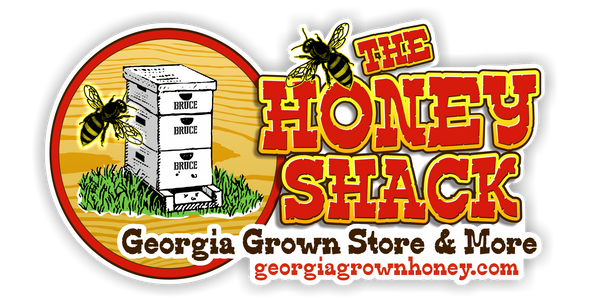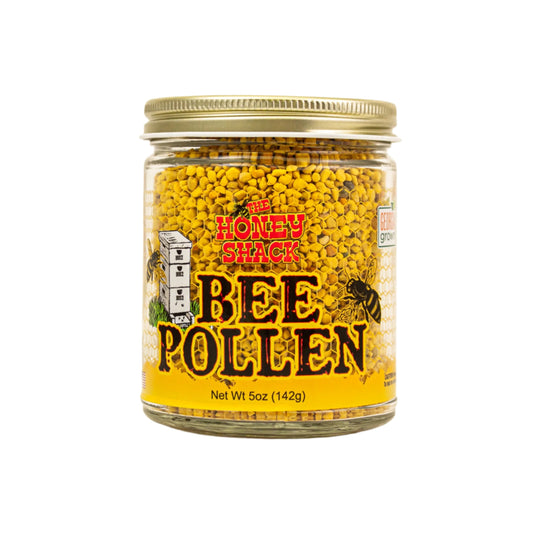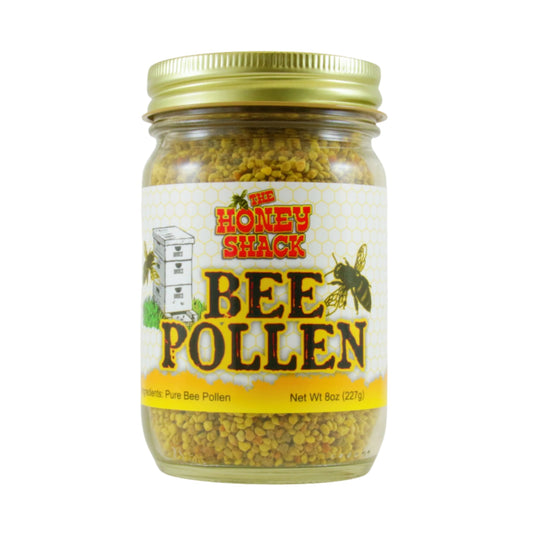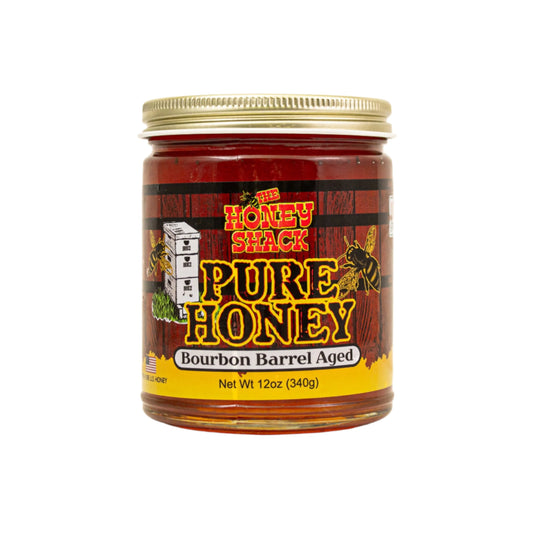About the Bees
Have You Ever Wondered How Bees Make Honey?
Many of our honey varieties are sourced from areas of "dwindling habitat." Real estate development, commercial timber operations, fires and infringement of man have begun to decrease the native habit of the honey bee that once grew rampant in untamed forests. Without conservation efforts, your favorite variety of honey may become a thing of the past.
Honey bees are one of our planet's most important animals. In fact, about one-third of the U.S. diet is derived from insect-pollinated plants and honey bees are accountable for about 80 percent of that process. Without honey bees, humans and wildlife wouldn't have much to eat or look at!
When you buy local honey you are supporting beekeepers and their efforts to maintain and increase the healthy hives of honey bees! No one is a bigger or better advocate for the honey bee than the beekeeper as his way of life depends on these remarkable insects.
Include nectar plants in your flower gardens so local bees have the food they need. Reduce the amount of chemicals and pesticide you use around your home. If you must use pesticides be sure to follow label instructions. Donate to organizations dedicated to protecting the honey bee.
Most importantly, buy pure honey from beekeepers. Read the label on the jar. Key words such as "honey flavored,""syrup," or "blended" indicate you are buying nothing more than a sweetened liquid.
Have You Ever Wondered How Bees Make Honey?
Honey bees are one of God’s most fascinating creations. During the adult life span of a worker bee (about 45 days during the summer months) she will make countless trips to collect nectar from numerous flowers to produce approximately 1/12th of a teaspoon of honey.
The worker bee extracts nectar from flowers and stores it in “honey sacks” located in the abdomen and then deposits the nectar into honeycombs located in the bee hive. The worker bee then fans the nectar with her wings to evaporate excess water. When the honey has aged wax is used to seal it in the comb.

Our Favorite Honey Bee Facts
Worker bees will make over 154 trips for 1 teaspoon of honey.
One hive consists of large groups of 30,000 to 60,000 bees.
To produce 1 pound of honey, bees fly a distance of more than 3 times around the entire world.
To produce 1 pound of honey, bees must visit over 2 million flowers.
A worker bee’s adult life span is approximately 45 days.
Over an entire lifespan, 1 bee will make about 1/12th of a teaspoon of honey.

Who's In Charge of the Hive?
There is only one queen bee in each colony or hive of bees (30,000 to 60,000 bees). There are three kinds of bees in each hive: workers, drones and the queen. Worker bees comprise the majority of the population in each hive. There are tens of thousand of workers, hundreds of drones, and just one queen.
Our Best Selling Honey
-
Bee Pollen - 5oz
Regular price $9.00 USDRegular priceUnit price per -
Bee Pollen - 8oz
Regular price $12.00 USDRegular priceUnit price per -
Ben's Hot Honey - 12oz
Regular price $6.00 USDRegular priceUnit price per -
Bourbon Barrel Aged Honey - 9oz
Regular price $11.00 USDRegular priceUnit price per





